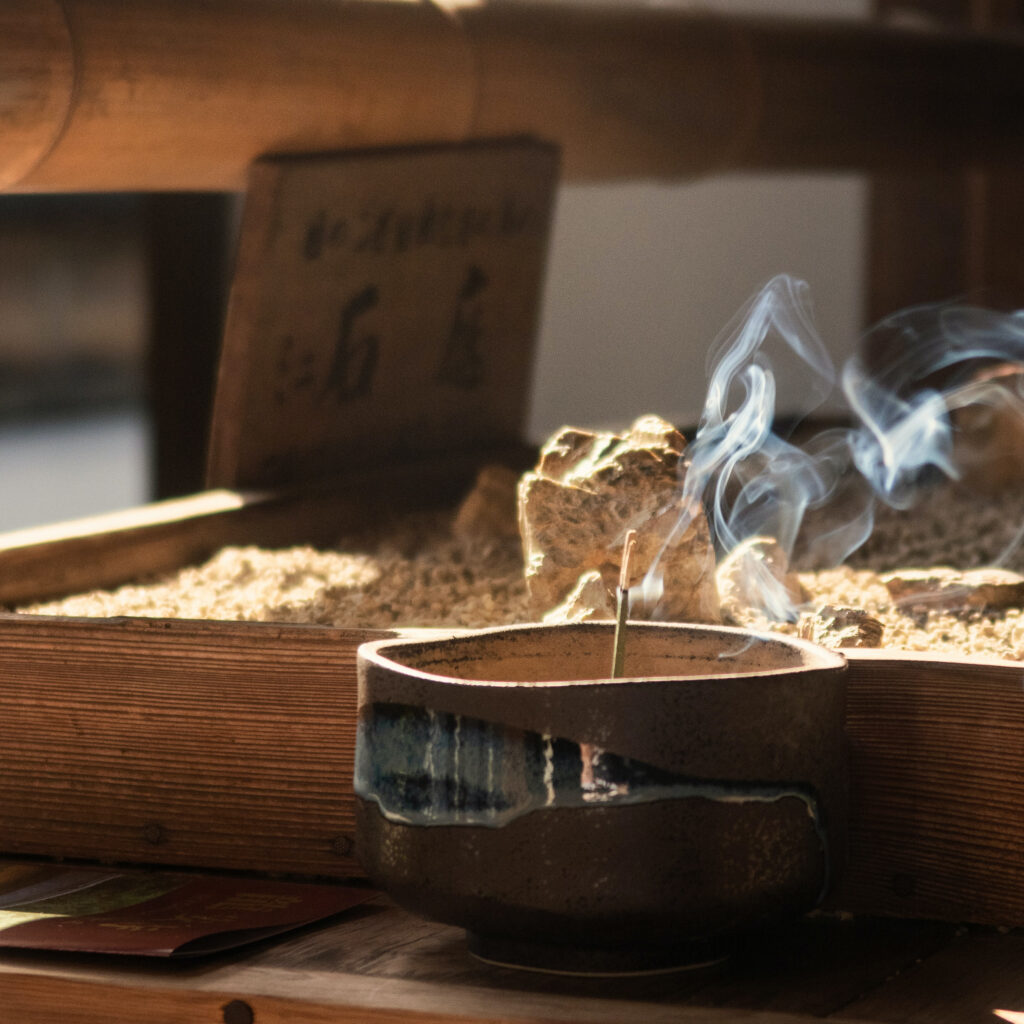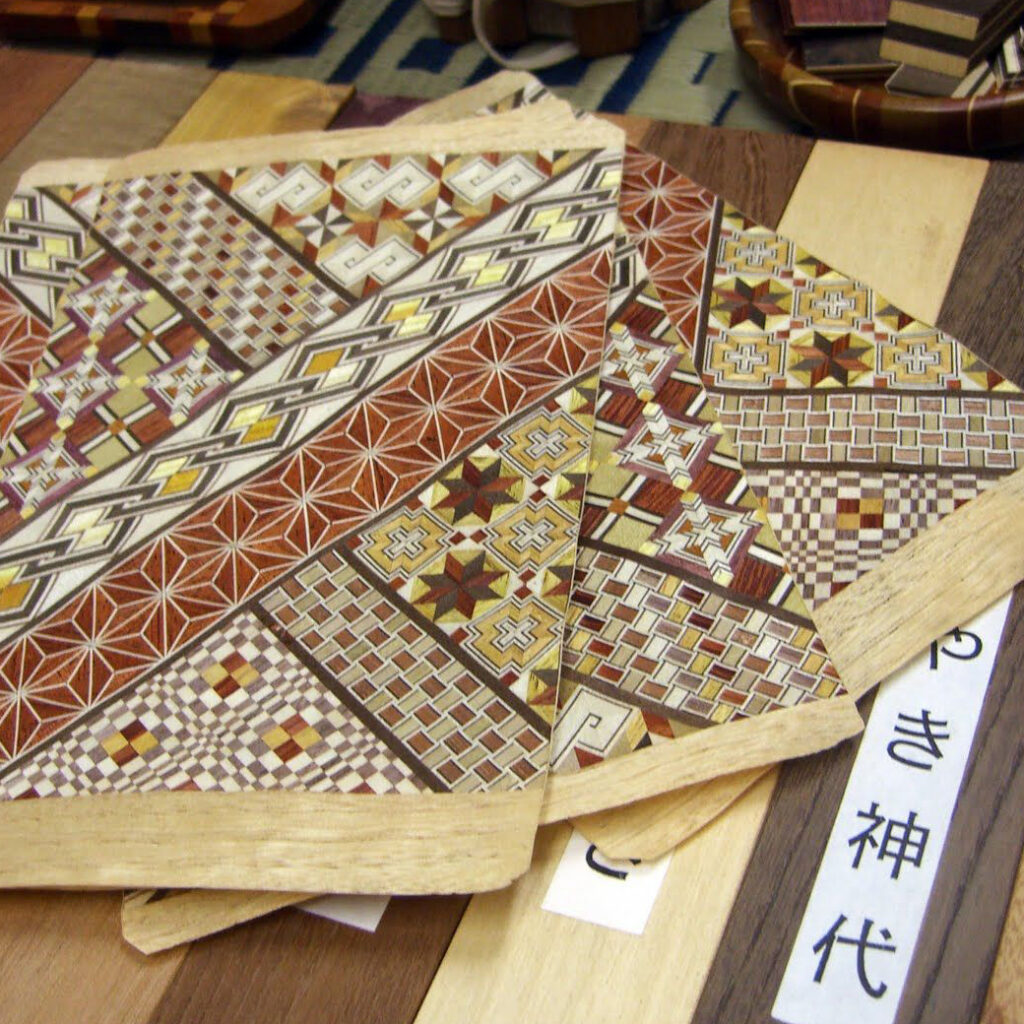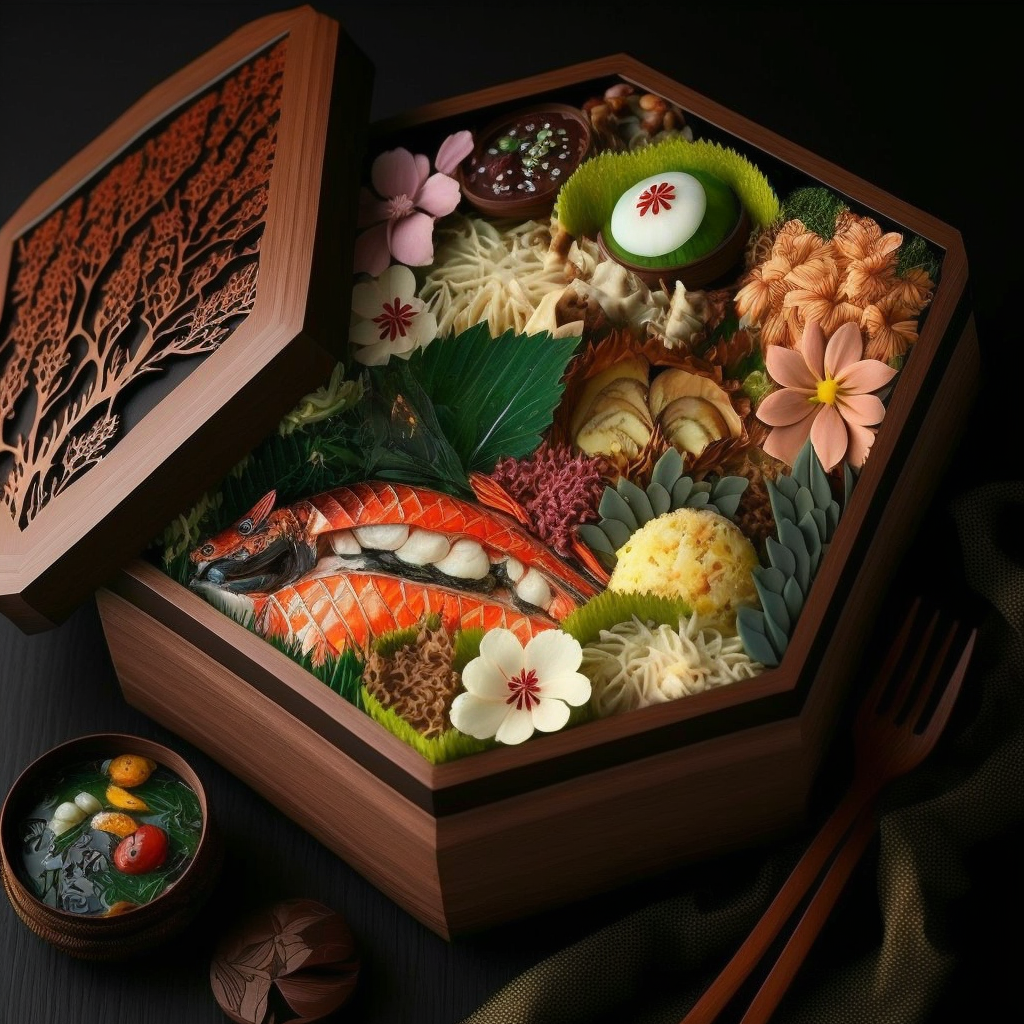Kōdō (香道)is an ancient Japanese art of incense. It is one of the three traditional arts along with the tea ceremony and ikebana. It is a spiritual and cultural practice that is still practiced today by many followers in Japan and other parts of the world. The word Kōdō is made up of two kanji: 香, meaning “perfume”, and 道, meaning “way” or “path”. As such, the Kōdō is a path to appreciate and understand the natural scents of incense, as well as to connect with oneself and the universe.
History of Kōdō
Kōdō was introduced to Japan during the time of Emperor Shōmu (724-749). At that time, perfumes were imported from China and Korea and were used for medicinal and ritual purposes. Over time, the Japanese began to develop their own style and culture of incense. Kōdō became a spiritual and aesthetic practice in its own right during the Muromachi period (1336-1573), an era marked by great artistic and cultural creativity.
Over time, Kōdō became increasingly refined and sophisticated. The Japanese began to develop their own classification system for incense scents, using poetic names to describe the different notes and aromas. Incense scents were also used in the practice of Chanoyu, the Japanese tea ceremony, as well as in other religious and spiritual practices.
Kōdō practice
Kōdō can be practised alone or in groups, and is often combined with other spiritual practices such as meditation, yoga and reiki. The practice has been passed down through the generations for centuries and is considered an active form of meditation that allows one to connect with oneself and the world around us.
The practice of Kōdō involves the use of a ceramic incense burner called a kōro, as well as a series of utensils (Kōdōgu) specifically designed for the preparation and tasting of incense. The utensils include metal tongs for handling the incense, pieces of paper for diffusing the incense smoke, and a small wooden tray called a maki-e for holding the censer.
During a Kōdō session, the censer is filled with charcoal or powdered incense. The incense is lit and the smoke that emerges is assessed by the practitioner according to its smell and intensity. Kōdō practitioners seek to appreciate the natural scents of incense without influencing them with preconceptions or expectations. They focus on their feeling and intuition, rather than intellectual analysis.
Kōdō sessions are often held in small groups and can last several hours. Practitioners take turns evaluating different incense scents and discussing their experiences. Sessions are often accompanied by music or poetry to create an atmosphere conducive to relaxation and meditation.
Kōdōgu is a term that refers to the props and tools used in Kōdō practice. These tools are considered essential for practicing Kōdō in an authentic and traditional way. Kōdōgu include items such as incense burners, screens to prevent ashes from scattering, tongs for handling incense, silk bags for carrying incense, trays for holding incense, bowls of water for humidifying the air and many others. These tools are made from high quality natural materials, such as wood, ceramic, copper, gold or silver, and are designed to be beautiful, functional and durable. Kōdōgu are often considered objects of art in themselves and can be very valuable. The proper selection and use of Kōdōgu is an integral part of Kōdō practice. Kōdō practitioners pay great attention to every detail, including the quality of the materials, the shape and size of the tools, and the way they are used to create an atmosphere conducive to meditation, relaxation and spiritual purification.
Classification of incense fragrances
Incense fragrances are classified into ten main categories, each with its own meaning and symbolism. These categories are as follows:
- Woody fragrances (kansei): These fragrances are obtained from woods such as sandalwood, cedar and agar. They represent wisdom and stability.
- Spicy scents (kōsei): These scents are made from spices such as clove, cinnamon and ginger. They represent vitality and strength.
- Floral fragrances (chikusei): These fragrances are obtained from flowers such as jasmine, rose and lilac. They represent elegance and beauty.
- Fruity scents (jukusei): These scents are obtained from fruits such as apple, cherry and orange. They represent freshness and lightness.
- Balsamic scents (kōjisei): These scents are made from resins such as benjoin and myrrh. They represent warmth and protection.
- Sweet floral fragrances (gōgusei): These fragrances are obtained from flowers such as lotus and orange blossom. They represent innocence and purity.
- Earthy fragrances (dosei): These fragrances are obtained from roots and plants such as patchouli and vetiver. They represent stability and rootedness.
- Fresh fragrances (suisen): These fragrances are obtained from aromatic plants such as mint and lavender. They represent freshness and lightness.
- Bitter scents (tansei): These scents are obtained from plants such as incense and camphor. They represent purification and appeasement.
- Sour scents (sansei): These scents are made from citrus fruits such as lemon and grapefruit. They represent excitement and stimulation.
Spiritual meaning of the Kōdō
The Kōdō is considered a spiritual practice in that it allows to connect to oneself and the universe. By evaluating the scents of incense, practitioners seek to reach a state of deep meditation in which they are in harmony with the world around them.
Traditionally, the ten virtues of kōdō (香十徳) are:
- 感格鬼神: Sharpens the senses
- 清浄心身: Purifies body and mind
- 能払汚穢: Removes “pollutants”
- 能覚睡眠: Awaken the spirit
- 静中成友: Heals feelings of loneliness
- 塵裏愉閑: Calms the restless times
- 多而不厭: Not unpleasant, even in abundance
- 募而知足: Even small amounts are enough
- 久蔵不朽: Does not break down after a very long time
- 常用無障: Habitual use does no harm
The Kōdō is also used as a tool to purify the air and the mind. The scents of incense are considered to have purifying and protective properties, and are used to drive away evil spirits and negative energies. If you are interested in Kōdō, there are many groups and associations that focus on this practice, and can help you learn more about its history and spiritual significance.
Find all our Japanese incense here.



